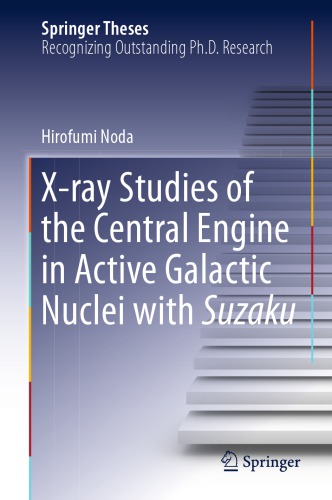

Most ebook files are in PDF format, so you can easily read them using various software such as Foxit Reader or directly on the Google Chrome browser.
Some ebook files are released by publishers in other formats such as .awz, .mobi, .epub, .fb2, etc. You may need to install specific software to read these formats on mobile/PC, such as Calibre.
Please read the tutorial at this link: https://ebookbell.com/faq
We offer FREE conversion to the popular formats you request; however, this may take some time. Therefore, right after payment, please email us, and we will try to provide the service as quickly as possible.
For some exceptional file formats or broken links (if any), please refrain from opening any disputes. Instead, email us first, and we will try to assist within a maximum of 6 hours.
EbookBell Team

4.4
52 reviewsThe aim of this research was to use the X-ray satellite Suzaku to establish a picture of a central engine that effectively converts the gravitational energy of accreting matter onto the supermassive black hole to a huge amount of radiation in an active galactic nucleus. Although the engine is known to consist of a Comptonizing corona and an accretion disk, its image has remained unclear because primary emissions, coming directly from the engine, cannot be identified in X-ray spectra without models. The book describes a technique of time variability assisted spectral decomposition to model-independently examine X-ray signals, and how this was applied to the Suzaku archive data of active galactic nuclei. As a result, at least three distinct primary X-ray components have been discovered in an X-ray from an active galactic nucleus, presumably indicating a novel picture that the engine is composed of multiple coronae with different physical properties in an accretion flow. Furthermore, the determination of the spectral shapes of the primary X-rays has a significant impact on estimations of black hole spins, because it is essential to quantify reprocessed X-ray spectra. The successful model-independent decomposition of X-ray spectral components with flux variations of active galactic nuclei is likely to be effective in future data analyses from the soon-to-be-launched Japanese X-ray satellite ASTRO-H, which is capable of achieving unprecedented fine spectros
copy and broad energy band coverage.